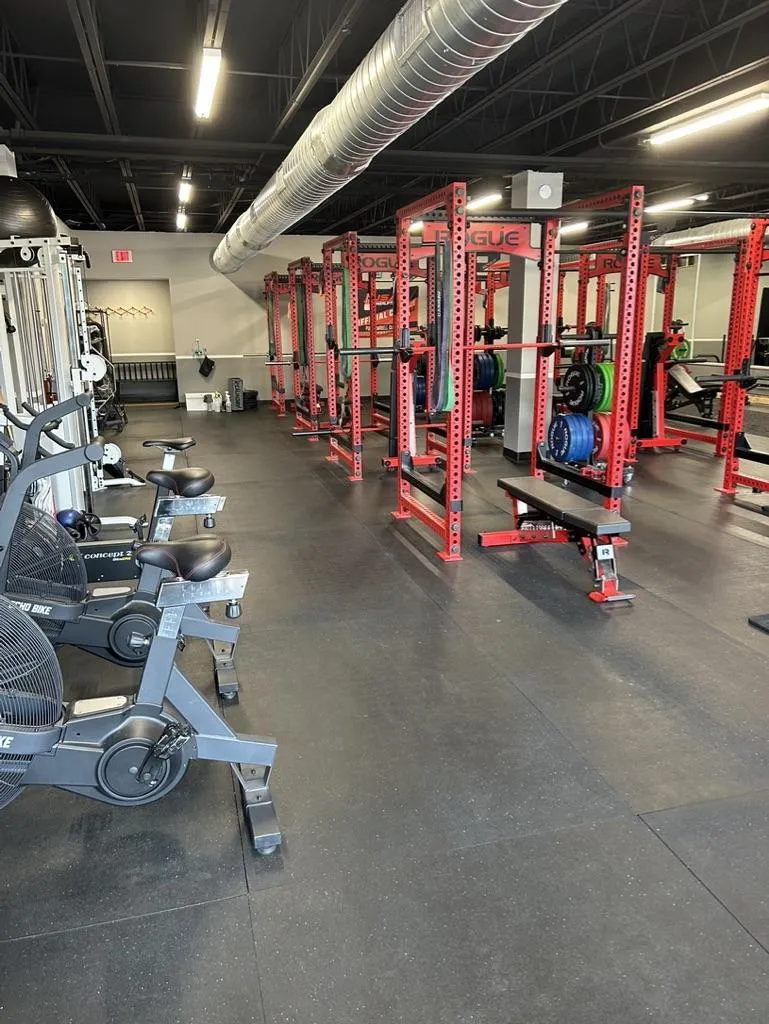
Reduce injuries & improve performance
LEVEL UP WEEKLY
Powered by


Level Up Weekly Is Here!
Time is free, but it's priceless. You can't own it, but you can use it... Once you've lost it you can never get it back" Harvey Mackay
In today's fast-paced world, it's easy to get caught up in the pursuit of fitness goals without considering the importance of injury prevention. While we can't eliminate all risks, understanding the factors that contribute to injuries and taking proactive steps can significantly reduce your chances of getting hurt.
The Unpredictability of Injuries
The term "injury prevention" is often used interchangeably with "injury avoidance," but the reality is that injuries are unpredictable and sometimes unavoidable. They are influenced by a variety of factors, including:
Randomness: Accidents and unexpected events can lead to injuries.
Individual Variations: People have different levels of physical fitness, strength, and flexibility, which can affect their susceptibility to injuries.
Underlying Conditions: Pre-existing medical conditions or genetic predispositions can increase the risk of injuries.
Environmental Factors: Weather conditions, terrain, and equipment can contribute to the risk of injuries.
The Importance of Injury Reduction
While we can't completely prevent injuries, focusing on injury reduction can help minimize the likelihood of getting hurt during daily activities, sports, and other activities. By understanding the factors that contribute to injuries and taking proactive steps, you can decrease your risk, improve your overall function and quality of life.
Key Strategies for Injury Reduction
Strength Training: Building strong muscles, tendons, and ligaments can provide better stability, strength and support for your joints, so they are more resistant to injuries. Improving tolerance to the demand of activities and resiliency to vulnerable positions.
Proper Recovery and Load Management: Give your body adequate time to rest and recover between workouts to prevent overtraining and fatigue.
Graded Exposure: Gradually increase the intensity and duration of your activities to allow your body to adapt. As most injuries I see are due to doing too much too quickly or too little for too ling.
Warm-Up: A proper warm-up can help prepare your muscles and joints for activity, reducing the risk of injuries.
Vary Your Routine: Doing exercises in multiple planes of movement, cross training and build preparedness. Example runners, lifting weights to improve running efficiency and resting the muscles they use to run.
Plyometrics: Incorporate plyometric exercises into your routine to improve power, speed, and agility.
SAID (Specific Adaptation to Imposed Demand): Train your body to adapt to the specific demands of your activities. Meaning you need to be exposing yourself to similar demand seen in that sport or activity.
Listen to Your Body: Pay attention to any pain or discomfort and adjust your routine accordingly.
Strength Training: The Fountain of Youth
Beyond injury reduction, strength training offers numerous benefits for overall health and well-being. It can:
Improve bone density: Reduce the risk of osteoporosis and fractures.
Enhance functional ability: Perform daily activities with ease and independence.
Boost metabolism: Maintain a healthy weight and manage body composition.
Improve cardiovascular health: Lower blood pressure, reduce the risk of heart disease, and improve cholesterol levels.
Enhance mental health: Improve mood, reduce stress, and enhance cognitive function.
By understanding the factors that contribute to injuries and implementing effective injury reduction strategies, you can significantly improve your chances of staying healthy and active. Strength training is a key component of injury prevention and offers numerous additional benefits for overall well-being.

Stretch Your Brain
Test your knowledge weekly. Learn something new and challenge your brain! Answer below!
1. What is the largest muscle in the body?
A. Gluteus maximus
B. Hamstrings
C. Quadriceps
D. Gluteus medius
2. What is the term used when a muscle is lengthened during a contraction exercises?
A. Concentric
B. Eccentric
C. Isometric
D. Stretching
Experience The Difference
Hear it from out satisfied patients
Testimonials

Quiz Answers:
Question 1. A. Gluteus Maximus
Question 2. B. Eccentric contractions occur when the muscle lengthens while still under tension. This typically happens during the lowering phase of an exercise, such as lowering a weight during a bicep curl.



